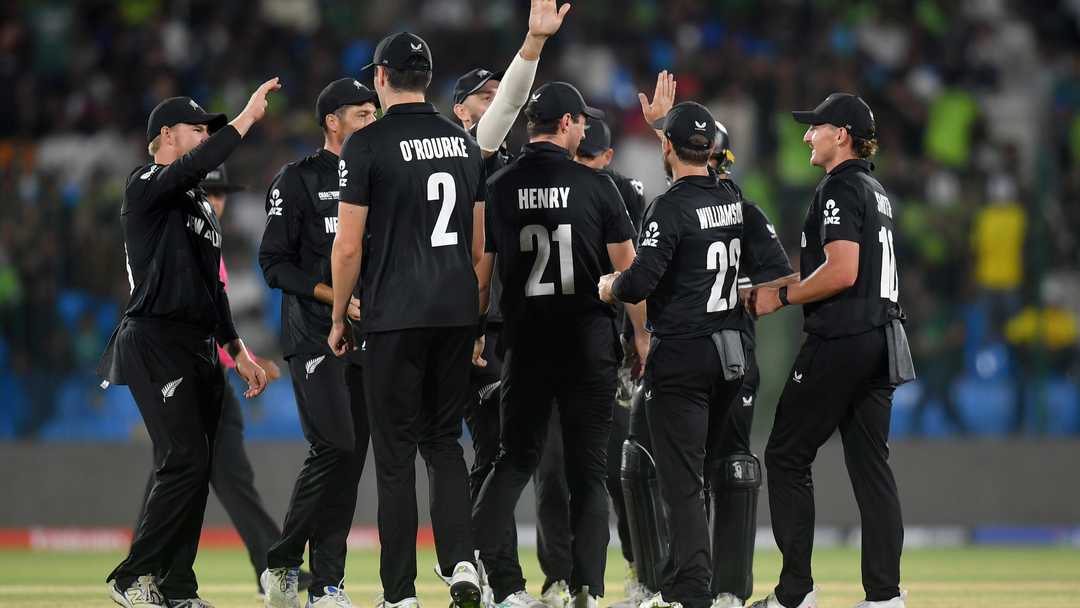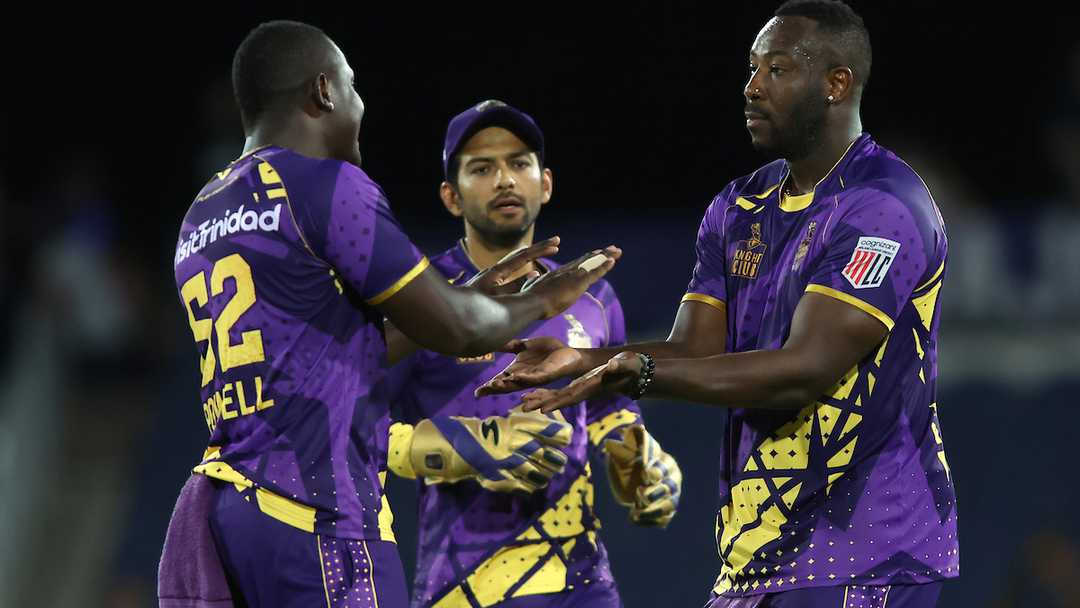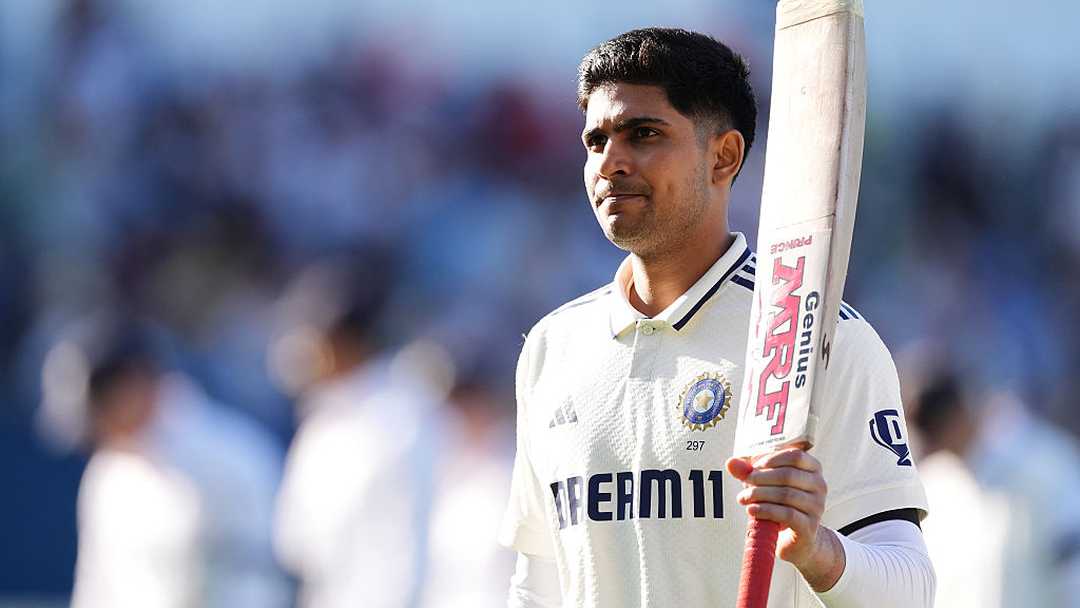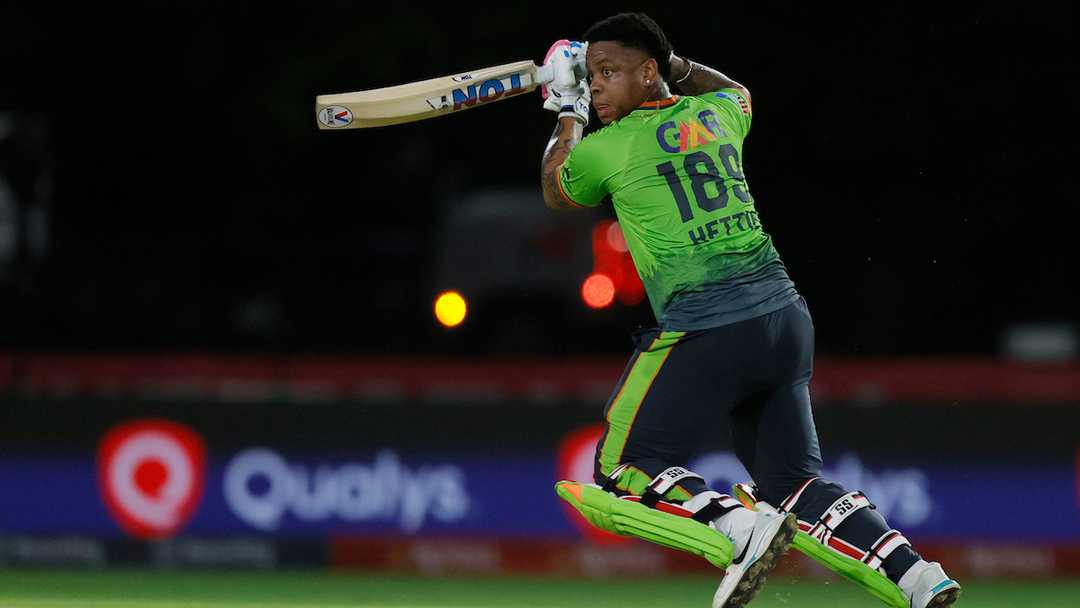
South Africa vs New Zealand: Unfamiliarity Adds Intrigue
Since the 2017 Champions Trophy, India and Australia have met 28 times in ODIs, the most by any two teams. New Zealand and South Africa have faced off just three times – twice in World Cups and once in the recent tri-series in Pakistan.
New Zealand are most accustomed to Pakistan conditions, having toured here thrice recently and are on a six-match winning streak in the country.
What Does the Lahore Wicket Offer?
The average first innings total in Lahore was 316 in the group stage, much higher than the other three venues. 300 was crossed in each of the first four innings here and the score marginally dropped to 273 in the last game that was played on a used wicket.
The new ball has swung more here than the other two venues in Pakistan this tournament, more in the afternoon than under lights. Bowlers willing to pitch the new ball up have been rewarded aptly here and once the lateral movement stops, one has to pull the length back.
Williamson vs Rabada & Maharaj
Kane Williamson is the highest run-getter (as well as the leading wicket taker) among New Zealand's current squad members against South Africa. He has scored two unbeaten hundreds in his last two ODIs against them, albeit the sequence spans across six years. Batting one down, he will come up against two of South Africa's most experienced bowlers – Kagiso Rabada and Keshav Maharaj. Williamson has faced 66 balls from Rabada in ODIs and has scored only at a strike rate of 46.96 even though he has never gotten out to the bowler. Williamson was dismissed in both the league games to balls pitched on a length and straightened ever so slightly from right arm seamers, the signature Rabada delivery.
On Sunday, chasing a moderate target, New Zealand lost their way in the middle overs against spin with their batters getting stuck. Williamson faced 94 of the 180 balls in the middle phase (11-40) and scored just 60 runs off them with 55 of them being dot balls. This is a part of the larger trend where since CWC 2019, Williamson has scored only at a rate of 74.22 against spin in the middle overs with a very high dot ball percentage of 48.3%. In a high scoring venue like Lahore, Williamson has to find ways to be more proactive to throw Maharaj off his strengths and not let the scoreboard pressure get into the heads of his partners.
South Africa Batters vs New Zealand's Finger Spin
Lahore has been the least supportive venue for spinners, offering a significantly lower amount of turn in comparison to the other venues. This will be particularly concerning if New Zealand have to bowl second, given they have at least 20 overs of spin to be bowled. The silver lining for them will be though South Africa batters' record against finger spin off late.
Since the start of 2023, South Africa has the third lowest average against finger spin amongst Full Member sides, vastly inferior to their own record against wrist spin. Heinrich Klaasen and Aiden Markram stand out, but the likes of Rassie van der Dussen, Temba Bavuma, and Tony de Zorzi have all struggled against finger spin and New Zealand in their side have two high quality operators in Mitchell Santner and Michael Bracewell, who bowled exceptionally well so far in the tournament.
Seam Attacks Need to Adjust to Lahore
New Zealand and South Africa have the two highest release points among seam attacks in Champions Trophy 2025 with Will O'Rourke, Marco Jansen, and Kyle Jamieson being the ones at the top. The batting lineups of two teams, however, have fared almost polar opposite to the bowlers with high release. South African batters have relished facing the high release with most of their specialist batters scoring at well over a run a ball at good average, the exception being Rassie van der Dussen who averages 9.40 against such deliveries. New Zealand, on the other hand, have really struggled against it with a notable exception being Will Young who averages 62 and strikes at 109 against such deliveries. His battle against Marco Jansen upfront will be crucial given the tall South African has been on wicket taking form with the new ball.
The Lahore pitch has seen the ball skidding off often penalizing the bowlers who hit the deck. The new ball movement aside, the standout bowlers in the two completed games here were Nathan Ellis and Azmatullah Omarzai – two bowlers short and skiddy and the ones with lowest average release heights in the competition. Both were adept in changing pace and lengths keeping the batters guessing. Neither New Zealand nor South Africa posses one of the kind in their ranks and it will need their tall hit the deck bowlers to adapt to the conditions rather quickly.



